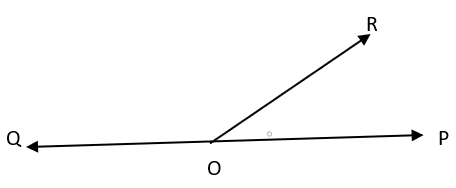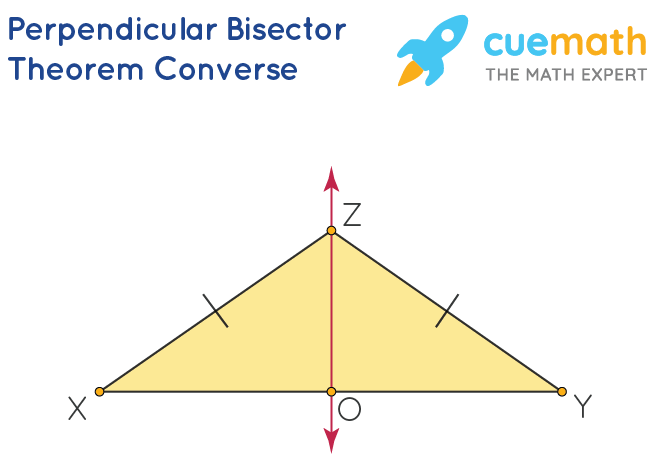Geometry Terms Module 4
5.0(1)
5.0(1)
Card Sorting
1/27
Earn XP
Description and Tags
Study Analytics
Name | Mastery | Learn | Test | Matching | Spaced |
|---|
No study sessions yet.
28 Terms
1
New cards
transversal
a line that intersects two coplanar lines at two different points
2
New cards
corresponding angles
lie on the same side of the transversal and same sides of the intersecting line.
3
New cards
same-side interior angles
lie on the same side of the transversal and between the intersected lines.
4
New cards
alternate interior angles
nonadjacent angles that lie on opposite sides of the transversal between the intersected lines.
5
New cards
alternate exterior angles
lie on opposite sides of the transversal and outside the intersected lines
6
New cards
parallel lines
lie in the same plane and never intersect
7
New cards
same-side interior angles postulate
If two parallel lines are cut by a transversal, then the pair of same-side interior angles are supplementary.
8
New cards
alternate interior angles theorem
If two parallel lines are cut by a transversal, then the pairs of alternate interior angles have the same measure.
9
New cards
corresponding angles theorem
If two parallel lines are cut by a transversal, then the pairs of corresponding angles have the same measure.
10
New cards
postulate
does not need to be proven
11
New cards
theorem
needs to be proven
12
New cards

linear pair
adjacent supplementary angles
13
New cards

vertical angles
when 2 lines intersect, vertical angles are congruent
14
New cards
converse of same-side interior angles postulate
If two lines are cut by a transversal, the same-side interior angles are supplementary, then the lines are parallel
15
New cards
converse of the alternate interior angles theorem
If two lines cut by a transversal so that any pair of alternate interior angles are congruent, then the lines are parallel
16
New cards
converse of the corresponding angles theorem
If two lines are cut by a transversal so that any pair of corresponding angles are congruent, then the lines are parallel
17
New cards
what is a converse?
a rephrased postulate or theorem
18
New cards

The parallel postulate
Through a point P not on line L, there is exactly one line parallel to L.
19
New cards

linear pair theorem
If two angles form a linear pair, then the measure of the angles add up to 180
20
New cards

Perpendicular Bisector Theorem
If a point is on the perpendicular bisector of a segment, then it is equidistant from the end points of a segment
21
New cards

Converse of the Perpendicular Bisector Theorem
If a point is equidistant from the endpoints of a segment, then it lies on the perpendicular bisector of the segment
22
New cards
vertical angles theorem
If two lines intersect, the vertical angles are congruent
23
New cards
slope intercept form of a line
y=mx+b
24
New cards
point-slope form of a line
y-y1=m(x-x1)
25
New cards
pythagorean theorem
a² + b² =c²
26
New cards
definition of supplementary angles
two angles that add up to 180
27
New cards
definition of complementary angles
two angles that add up to 90
28
New cards
definition of perpendicular lines
when two lines intersect forming 90 degree angles